Japanese noodles have become world famous for their amazing flavor and texture, but if you are making your own Japanese cuisine at home, you may be confused about the difference between them. This article will help explain the difference between the two most popular noodles, ramen and yakisoba, so you can feel confident using either one in your next recipe.
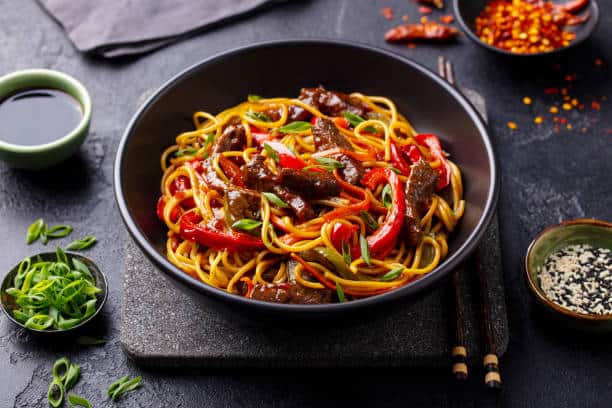
Japanese cuisine is full of delicious, chewy noodles. From udon to ramen and yakisoba, there are honestly so many choices!
If you’re attempting to make your favorite Japanese dishes at home, you may be wondering what is the difference between the options.
While the different types of Asian noodles may look similar on the outside, their composition makes them a good fit for different types of dishes. So let’s take a deep dive and learn a little more about the different types of Japanese noodles–specifically yakisoba noodles and ramen noodles.
Ramen
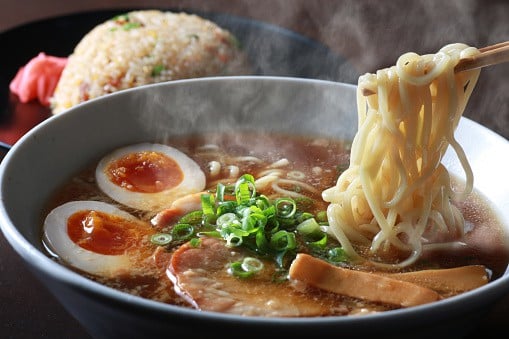
Ramen is the most famous type of Japanese noodle, served in a warm noodle soup. You can find specialty ramen shops around the world selling large bowls of savory ramen, swimming in an umami broth, and topped with an assortment of different meat or vegetables.
The variety of flavors you can find in this popular Japanese dish is endless. You may find ramen served in pork broth, chicken broth, beef broth, or even miso soup. Typically ramen is served with a boiled egg, a slice of pork belly, sliced green onions, and possibly other veggies.
At its core, ramen noodles are made with wheat flour, baking soda, and kansui, a salty water that gives it the perfect chewy texture. They are not quite as thick as udon noodles, but they still do a great job of soaking up whatever broth they are cooked in and offering an excellent texture for the eater.
Ramen is served with an extra wide and extra deep spoon that makes it easy to scoop up plenty of ramen broth with the noodles.
Yakisoba
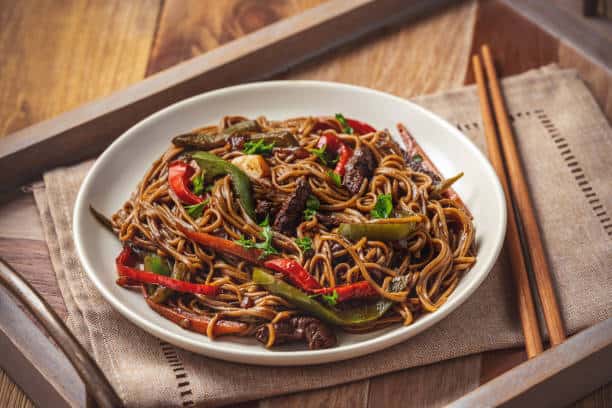
Yakisoba is more of a stir fry dish, often compared to Chinese noodles and chow mein or lo mein. The wheat-based noodles are very similar to ramen noodles but rather than swimming in broth, they are sauteed with sauce, vegetables and meat.
Yakisoba is typically made with cabbage, onions and carrots but may also contain snow peas or bean sprouts and be topped with shredded seaweed and a variety of condiments.
Yakisoba is a popular dish sold at food stalls during street festivals. It has no broth which makes it easier to transport than ramen, but each bite is coated in a delicious, savory sauce. Be sure to try making Yakisoba Sauce at home!
Cooking Process
Most people are familiar with the low-cost ramen instant noodles you can purchase at grocery stores. Ramen in Japan is very different from this, but the cooking process is the same.
The noodles, which are often fresh noodles rather than instant ramen noodles, are boiled in a flavored broth until tender and served in a large bowl, swimming in that delicious soup.
Yakisoba noodles are steamed, coated in oil, and fried along with meat, vegetables, and yakisoba sauce, which makes them slightly drier and chewier than ramen. Yakisoba sauce is made with soy sauce, oyster sauce, and Japanese Worcestershire sauce.
You can find yakisoba noodles pre-cooked and refrigerated in the US in Asian grocery stores.
Flavor
While yakisoba and ramen are very similar noodles, the dishes they are used in are not easily confused. The flavor of each is definitely unique.
Yakisoba is made with a thicker, soy-sauce-based sauce. The special sauce coats the noodles and the veggies as they cook together.
Yakisoba is also often topped with a variety of condiments like mayonnaise, a green seaweed powder called Aonori or sliced nori seaweed.
Ramen is cooked in a broth which lends a milder flavor to the noodles. In this dish, the toppings and veggies add something new to each bite.
There are so many flavors of ramen available but the most popular are miso ramen, tonkotsu ramen (pork), shoyu ramen (soy sauce-based), and shio ramen (salt-based).
Ramen from ramen restaurants is usually topped with a boiled egg, some sort of pork or fish cake, and vegetables like bamboo shoots, peas, shiitake mushrooms, bean sprouts and green onions.
Appearance
Ramen noodles tend to be slightly thicker than yakisoba noodles, with a curly, springy texture to them, usually from being dried and packaged. They are white in color.
Yakisoba noodles are slightly thinner with a yellow or orange color. They are typically straight.
Other Types of Noodles
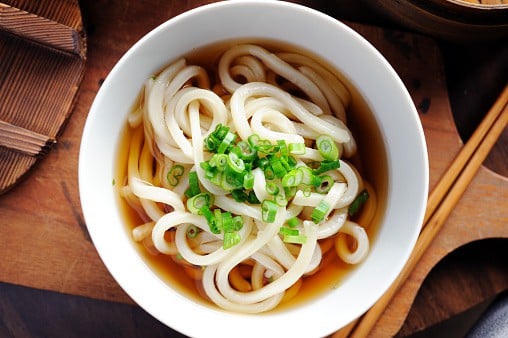
Two other types of Japanese noodles are worth mentioning. Udon and soba noodles are often confused with ramen and yakisoba.
Udon noodles are by far the thickest noodle on the market. They are made with wheat flour and water and may also be the most filling option because of their chewy thickness.
Soba noodles are also thick and chewy but made with buckwheat flour. These buckwheat noodles are typically slightly brown in color.
Soba noodles are considered a healthier option because they are gluten free and there are many health benefits to buckwheat. It may be a good option for anyone interested in losing weight and building muscle.
Both soba or udon noodles may be served in a hot broth like ramen but more often this type of noodle is served cold with a cup of hot broth to dip the noodles into. Udon noodles are often paired with some sort of tempura meat.
If you’re fascinated with the flavorful soups from Japan, be sure to try one of these Japanese Clear Soup recipes in your meals, there are a few to give a try!
FAQs
Yes, you can use yakisoba noodles for ramen and vice versa. You may need to adjust your cooking time slightly because the noodles are meant to be cooked differently.
Yakisoba noodles are meant to be steamed so they only need to cook for a few minutes. They may also absorb more liquid than ramen noodles, so it’s important to keep an eye on them so they do not become too soft.
Ramen noodles are probably world famous for being an inexpensive meal. They are the cheaper noodle to purchase, which is why some people will choose to make yakisoba with ramen noodles.
Ramen is not considered a healthy meal. While it may have some vegetables among the noodles, the noodles are full of white flour and the broth is full of sodium and salt. Shoyu ramen may be the healthiest flavor of ramen because the broth is typically low in fat and calories.
Yakisoba may be made with soba noodles or wheat noodles. If you have a gluten intolerance, it may be a good idea to ask.




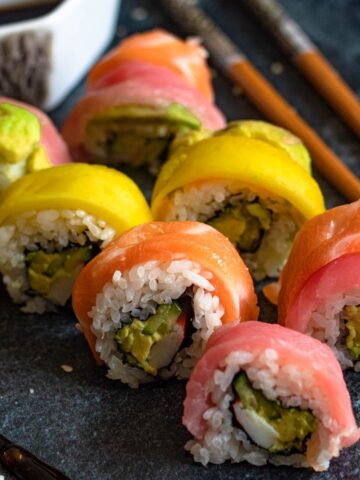
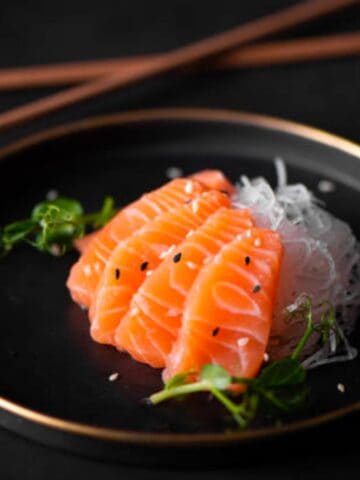
Leave a Reply